7 Brands Selling Ecofriendly Underwear For Men & Women -2024
Every day, we wear underwear because it’s a must. But have you ever thought about how our undergarments affect the environment? The production of traditional underwear usually involves synthetic fabrics and harmful chemicals. In this blog we will discuss about the benefits of ecofriendly underwear & also list out 7 Best Sustainable Under Wear Brands for you.
Welcome to We Care Earth , If you are new here – Remember, We have a lot of interesting things to offer you But First Let’s Clear Your Queries :-
Table of Contents
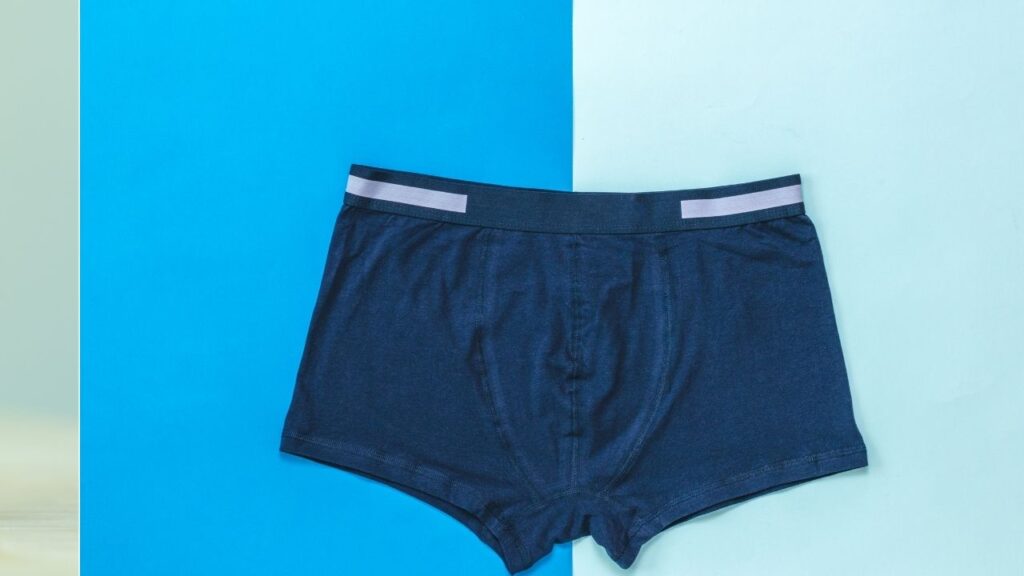
7 Brands Promoting, Selling & Prioritizing Eco-friendly & Sustainable Underwear (For Men & Women)
At wecareearth.com, Every product we rank is done with a proper procedure, Check our methodology here..
Wear Pact
Looking for undergarments and loungewear that are kind to your skin and kind to the Earth? Pact might be the perfect fit for you! This clothing brand prioritizes sustainability throughout their production process, ensuring comfort for you and a gentler impact on the environment.
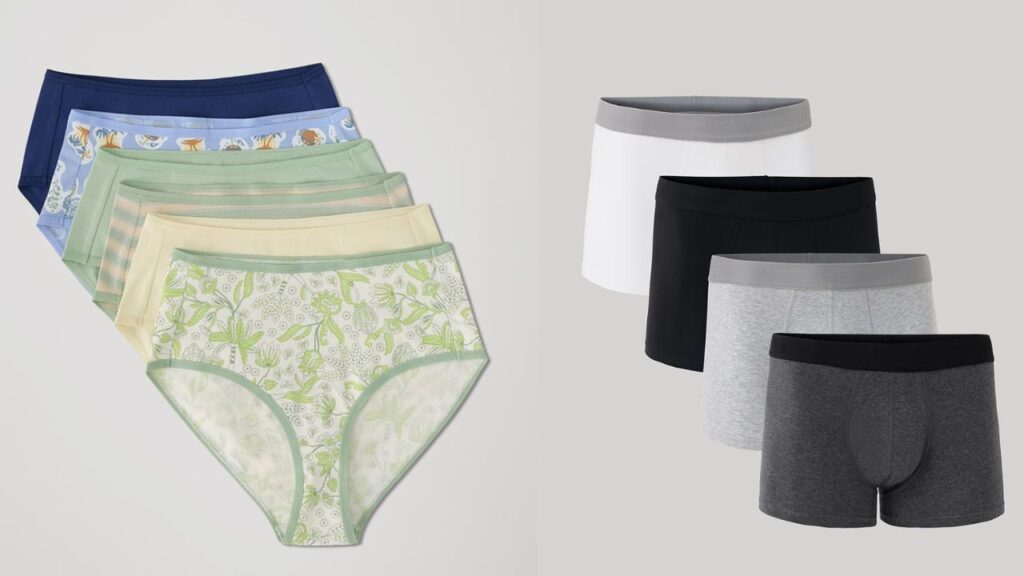
Here’s what makes Pact stand out:
- Sustainable Materials: They use organic cotton whenever possible. Compared to conventional cotton, organic cotton uses significantly less water and avoids harmful pesticides, making it a more eco-friendly choice.
- Transparency & Certifications: Pact is certified by the Global Organic Textile Standard (GOTS). This certification ensures that organic fibers are used throughout the entire production process, meeting strict environmental and social criteria.
- Fair Labor Practices: While Pact doesn’t disclose their specific manufacturing locations, their commitment to “people and planet” suggests they partner with factories that uphold ethical labor standards.
- Reduced Waste: Pact uses recycled materials in their packaging, minimizing waste and creating a closed-loop system whenever possible.
Overall, Pact strives to be a sustainable clothing brand. They focus on using organic materials and implementing responsible practices throughout their supply chain, ensuring comfort for you and a gentler footprint on the planet. Let’s explore further how Pact achieves this sustainable mission!
Did You Know? – Recent Data states that Singapore has huge potential for sustainable clothing market.
Thinx
Thinx is unique as they make reusable period underwear in an effort to reduce plastic waste from disposables.
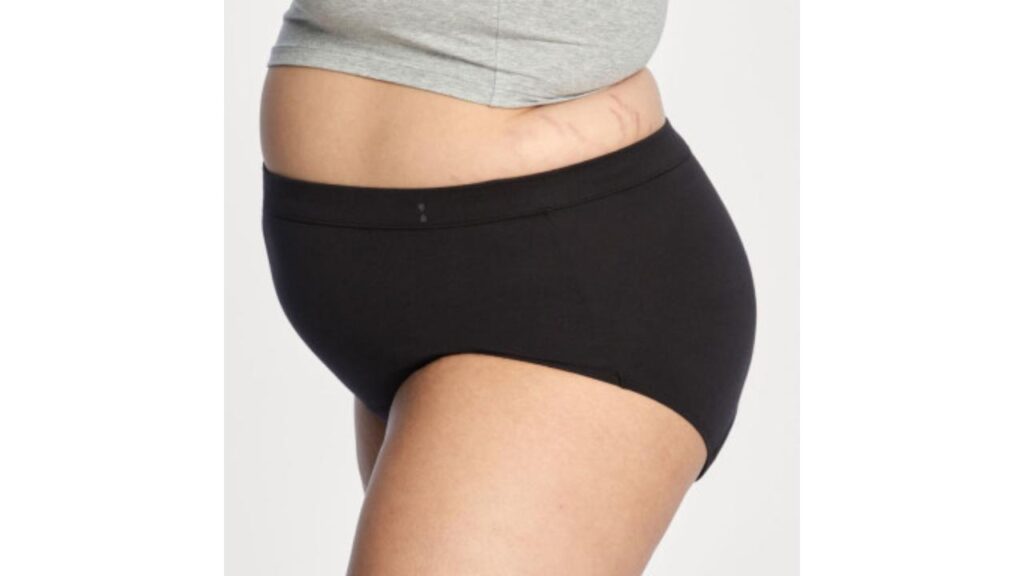
Thinx takes your safety seriously. They go beyond following legal requirements by utilizing a “Clean Commitment List” that restricts hundreds of potentially harmful substances from their products. This list includes chemicals like PFAS and formaldehyde, ensuring a higher level of safety for you.
To guarantee this commitment, independent labs rigorously test Thinx underwear “from the first thread to the final panty.” While acknowledging the complexities of manufacturing, Thinx continuously strives to improve their processes and minimize even trace amounts of restricted substances. This dedication to safety ensures you can feel confident and comfortable wearing Thinx.
WEAR THE CHANGE – No Doubt Ecofriendly Underwears are a new addition to sustainable fashion.
Patagonia
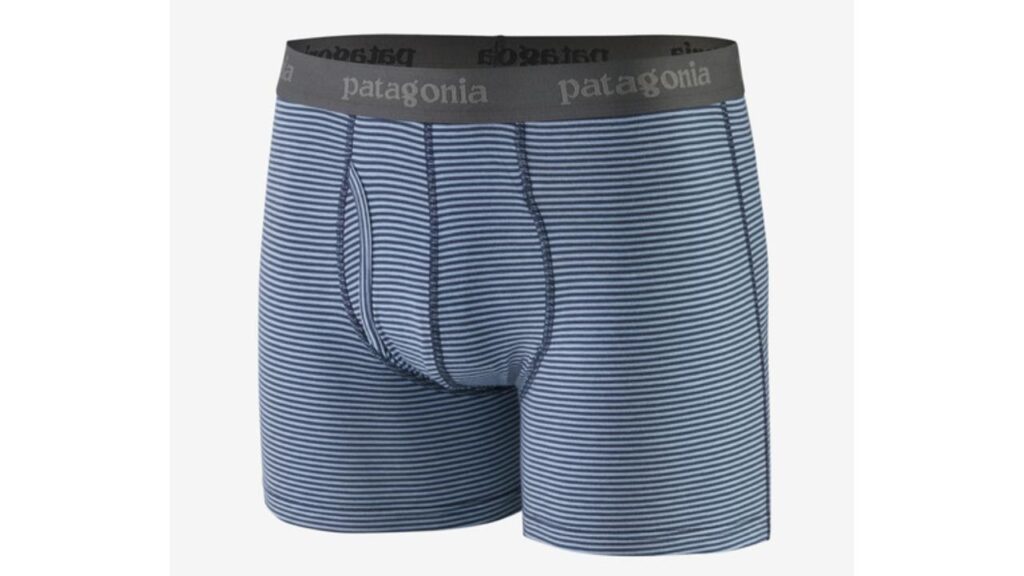
Patagonia goes beyond just donating to environmental causes. Their commitment to sustainability starts with the materials they use. They prioritize recycled materials whenever possible and utilize organic cotton, reducing their environmental footprint. While specific details about materials might require further investigation on individual product pages, their dedication to fair labor practices suggests they likely source from responsible factories.
Patagonia’s “One Percent for the Planet” initiative is just the tip of the iceberg. They likely have additional programs focused on minimizing waste, responsible sourcing, and reducing their impact throughout the supply chain.
Everlane
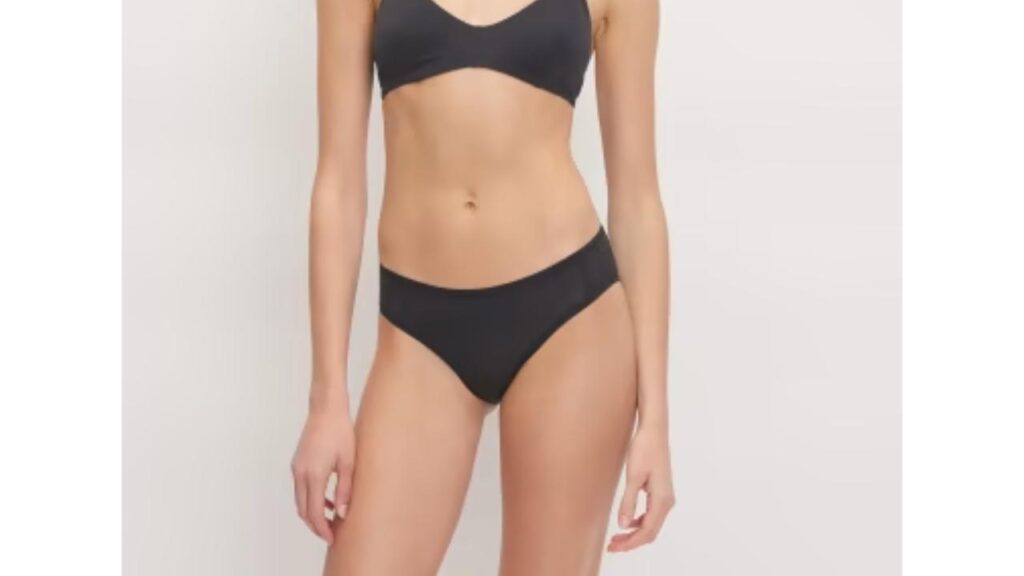
Everlane goes beyond just trendy clothes. Sustainability is a major focus, with key aspects including:
- Eco-friendly materials: They prioritize organic cotton, recycled materials, and ethically sourced animal fibers.
- Transparency: Unlike many brands, Everlane reveals their manufacturing partner factories, allowing you to research their practices.
- Reduced Footprint: They set ambitious goals to minimize their environmental impact throughout the supply chain, aiming for net-zero emissions by 2050.
- Waste Reduction: Everlane incorporates responsible production practices and uses recycled materials in packaging.
Overall, Everlane prioritizes transparency and measurable goals to create sustainable and circular fashion. They use eco-friendly materials, source responsibly, and strive to minimize their environmental footprint throughout the supply chain.
Boody
Boody’s B Corp certification positions them as a company committed to social and environmental sustainability. Their use of organic bamboo viscose and partnership with 1% for the Planet demonstrate their dedication to sustainability. While specific details about sourcing and manufacturing locations are unavailable readily, the B Corp certification suggests responsible practices throughout their supply chain.
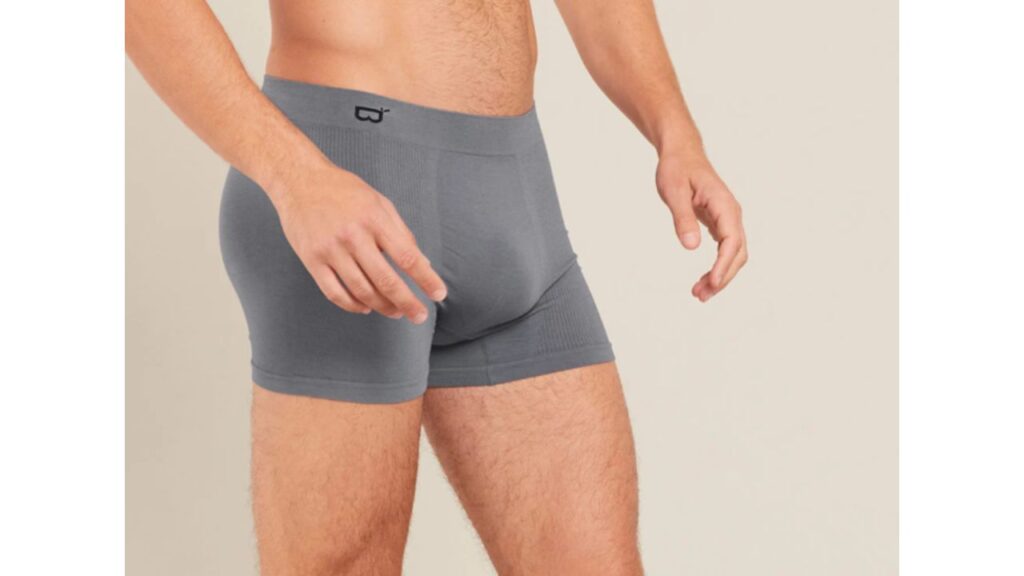
ModiBodi
ModiBodi isn’t just about comfy period underwear! They prioritize sustainability with natural materials like organic cotton and bamboo fabrics. Recycled nylon and polyester further reduce their environmental impact.
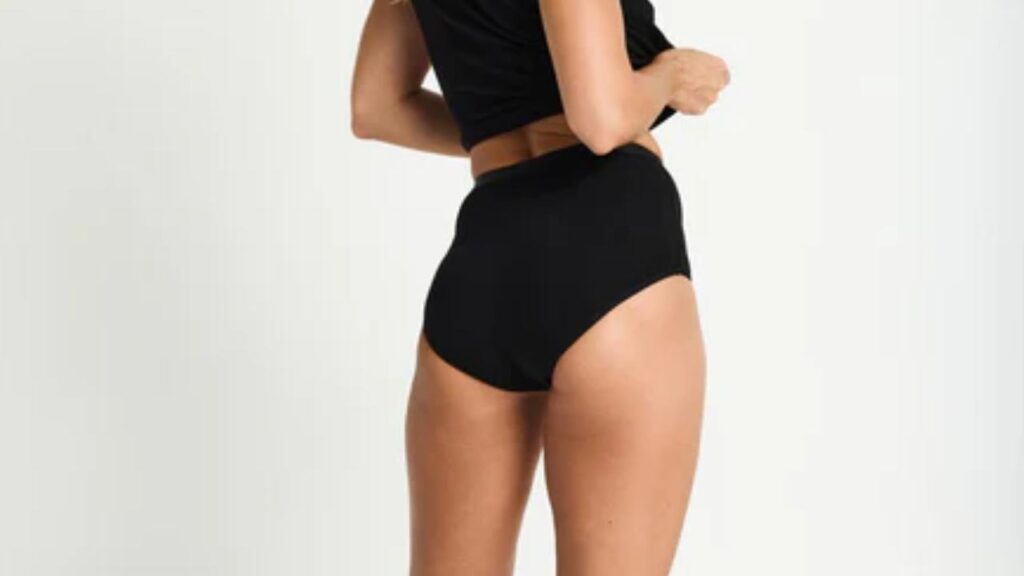
They design products for long life and reusability, minimizing waste. While manufacturing locations aren’t public yet, ModiBodi emphasizes ethical partnerships and fair working conditions. Transparency is key, with a code of conduct and a Living Wage Audit in progress. Even their packaging is compostable in most areas! Overall, ModiBodi offers a sustainable period solution that’s good for you and the planet.
Subset
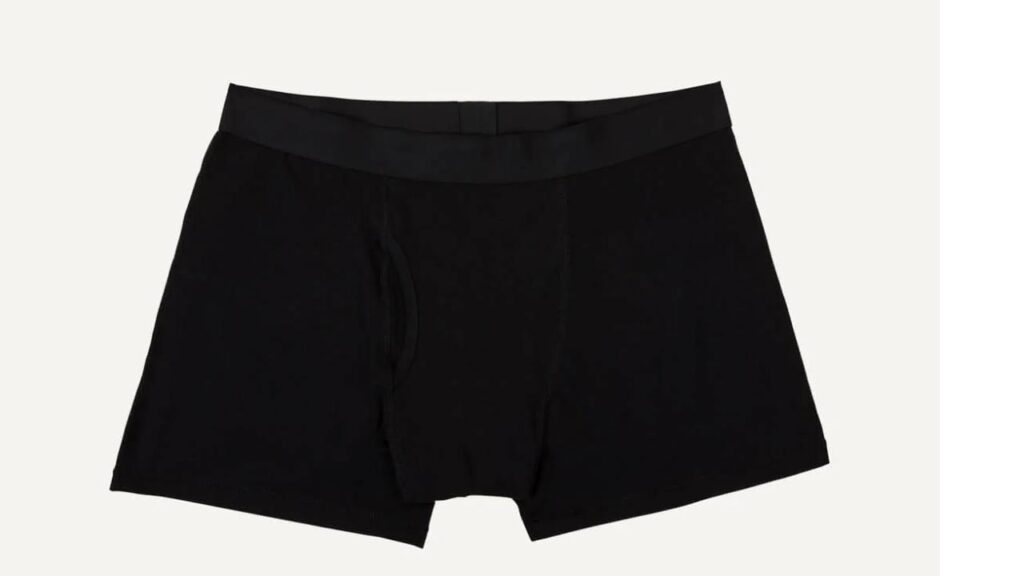
This brand ‘Subset‘ invests in an organic cotton supply chain, They mention ” We’re committed to the highest industry standards from farm to factory, which is why we hold the best certifications in the business, including the Global Organic Textile Standard, Oeko-Tex, Fair Trade International, and Forest Stewardship Council seals. Rest assured that our clothing is managed responsibly from the farm through the end of its use – and third party auditors ensure compliance at every step of the process”
The 5 MAJOR differences between Traditional and Ecofriendly Underwear (Modern)
| Feature | Traditional Underwear | Modern Underwear |
|---|---|---|
| Materials | Often synthetic fabrics like polyester, nylon, and spandex. * May contain blends with cotton. * May use non-organic cotton with chemical treatments. | Focuses on natural, breathable materials like organic cotton, bamboo viscose, Tencel (modal). * May utilize recycled materials like polyester or nylon. * Organic cotton avoids harsh chemicals and pesticides. |
| Manufacturing | Traditional processes can be energy-intensive and rely on harmful chemicals for dyeing and finishing. | Sustainable manufacturing practices are prioritized, with reduced energy consumption and eco-friendly dyes. |
| Durability | Synthetic materials may wear out faster and show signs of wear more readily. | Natural fibers like organic cotton can be more durable and retain their shape better. * Recycled materials can offer similar durability to traditional synthetics. |
| Comfort | Synthetic fabrics may trap heat and moisture, leading to discomfort. | Natural and breathable materials offer superior comfort and temperature regulation. |
| Health | Synthetic materials can irritate sensitive skin. | Natural fibers are gentler on the skin and can reduce the risk of irritation. |
QUIT – Traditional Under Wears
Ah, traditional underwear. The tried-and-true guardians of delicates, the silent partners in every daring outfit, the unsung heroes of laundry day. These undergarments, crafted from the finest (read: most synthetic) materials known to mankind, have faithfully served our nether regions for generations.
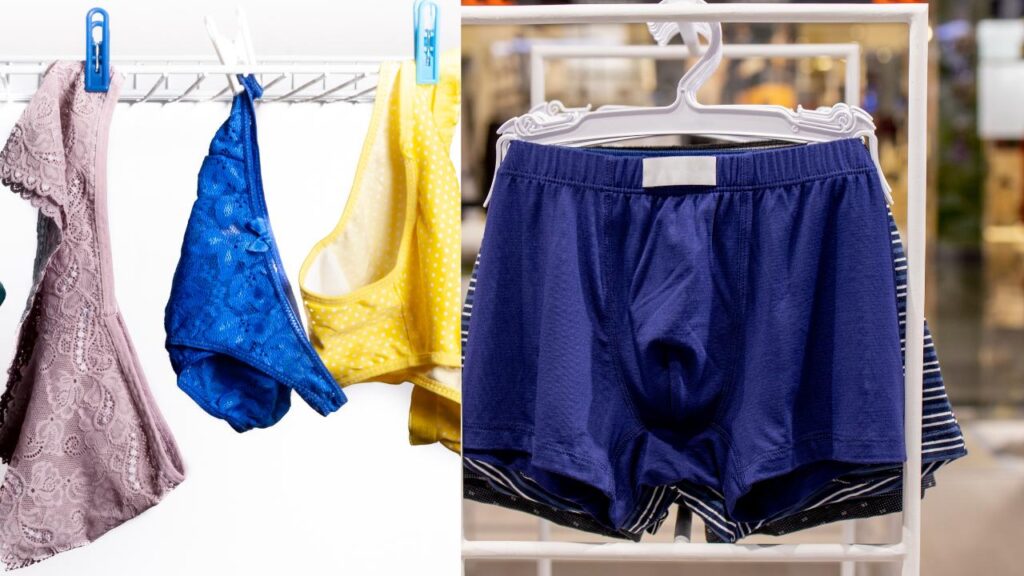
Imagine a world where Calvin Klein himself would give a knowing nod of approval to your skivvies. A world where Victoria’s Secret angels don wings made of sheer, non-breathable mesh (because comfort is overrated, darling). Yes, traditional underwear brands understand that true luxury lies in the feeling of a waistband digging gently into your love handles, and the knowledge that those cheeky panties will leave a permanent crease in your favorite jeans.
Environmental Impact of Traditional Underwear Industry
The traditional underwear industry casts a long shadow. Here’s a glimpse into the environmental impact :-
Material Reliance
Conventional underwear heavily relies on materials like cotton, which requires significant water and pesticide use. Did you know? A single cotton t-shirt can use up to 700 gallons of water during production. This excessive water consumption puts a strain on freshwater resources, a vital part of healthy ecosystems and crucial for adapting to a changing climate.
Synthetic Issues
Synthetic fibers like polyester, while requiring less water, contribute to microplastic pollution when they shed during washing. These microplastics end up in our oceans and waterways, harming marine life.
Manufacturing Footprint
The entire production process, from raw material extraction to dyeing and finishing, contributes to greenhouse gas emissions and air pollution.
Waste Generation
Underwear has a short lifespan, often ending up in landfills, taking hundreds of years to decompose. Landfills are a major source of methane, another potent greenhouse gas.
Benefits of Ecofriendly Underwear
Thankfully, ecofriendly underwear offers a solution. Here are some of the advantages:
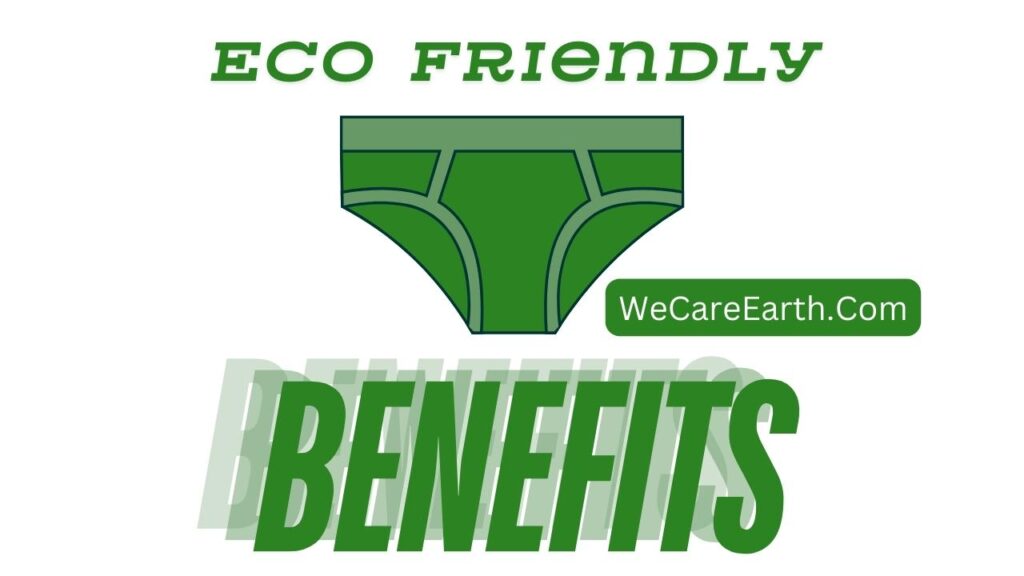
1. Ecofriendly underwear offers more than just a comfortable fit. The materials used in these undergarments are top-notch, with options like organic cotton, Tencel from wood pulp, recycled nylon, and modal from beech trees. These materials not only feel great against your skin but also require less water to produce, making them more environmentally friendly overall.
2. Beyond the comfort and sustainability, ecofriendly underwear also boasts biodegradable options like bamboo or wood pulp. These materials break down faster in landfills compared to traditional fabrics, reducing the environmental impact even further. Moreover, many eco-friendly brands prioritize fair labor practices and ethical sourcing, ensuring that the workers involved in production are treated well and paid fairly.
3. By choosing ecofriendly underwear, you’re not only making a conscious decision for the environment but also supporting ethical production practices. It’s a win-win situation where you get to enjoy the comfort of eco-friendly materials while knowing that your purchase is contributing to a more sustainable and ethical fashion industry.
Are there any limitations of ecofriendly underwear?
While eco-friendly underwear is a positive step, there are a few limitations to consider:
Higher Cost: Sustainable materials and ethical production practices often come at a premium compared to conventional options.
Limited Availability: Eco-friendly underwear is still not as widely available as conventional brands, especially in brick-and-mortar stores.
Transparency Issues: Not all brands claiming to be eco-friendly are transparent about their practices. Research and choose companies with certifications from credible organizations.
Increasing Adoption of Ecofriendly Underwear
The market for ecofriendly underwear is experiencing significant growth. A growing number of consumers are prioritizing sustainability in all aspects of their lives, including their undergarments. This trend is driven by:
- Increased Awareness: Consumers are becoming more aware of the environmental impact of the fashion industry, including underwear.
- Technological Advancements: New sustainable materials and production processes are making eco-friendly underwear more comfortable and affordable. Read Full Blog on Sustainable Technology.
- Celebrity Endorsements: Celebrities and influencers promoting eco-conscious lifestyles are influencing consumer choices.
Conclusion (Final Thoughts)

So, there you have it! We went into the world of ecofriendly underwear, explored 7 sustainable brands out there. We all have to wear under wears, but our undies shouldn’t come at the cost of the environment, right? Let’s chat in the comments below! What are your favorite ecofriendly underwear brands? Share your tips and tricks for a sustainable lifestyle!
If you still have some queries left, Please feel free to reach us at contact@wecareearth.com . We will be glad to help & guide you in anyway possible. Visit our homepage We Care Earth an eco hub for environmental conscious articles on Sustainable Living, Climate Change, Sustainable Gardening, Green Brands and many more.
